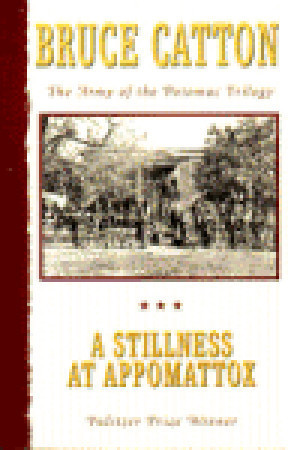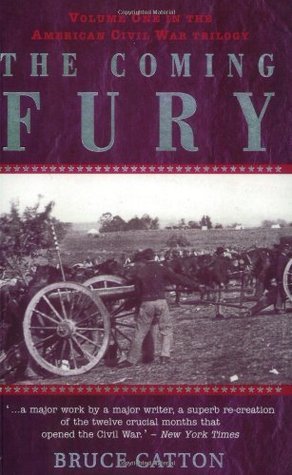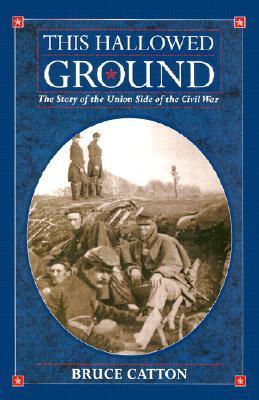
A Stillness at Appomattox
Book Description
War trembles on the brink as the fate of a nation hangs in the balance. In the harrowing final days of the Civil War, the struggle for survival matures into the fight for honor and legacy. Soldiers face unimaginable horrors while grappling with their deepest fears, loyalties, and the haunting weight of sacrifice. Amidst the chaos, heroes emerge—bearing the scars of battle and a broken trust. As the Union's forces inch closer to victory, will the echoes of a fractured past drown out the promise of a hopeful future? Can one battle redefine a nation’s soul?
Quick Book Summary
"A Stillness at Appomattox" by Bruce Catton intimately chronicles the concluding campaigns of the American Civil War, focusing on the final year and the collapse of the Confederacy. Catton immerses readers in the relentless marches, grueling battles, and human endurance characterizing the Union Army’s struggle. The book captures the emotional and psychological toll on soldiers and commanders—men battered by prolonged conflict yet driven by conviction and hope for reunion. Through vivid storytelling and meticulous research, Catton reveals the interplay of leadership, strategy, and chance that shaped the war’s outcome. More than a military history, Catton’s work honors the sacrifices made for unity and freedom and considers how the agony of Appomattox marked both an ending and a new beginning for the nation.
Summary of Key Ideas
Table of Contents
Human Cost of War and Endurance
Catton brings the immense physical and emotional suffering of soldiers to the forefront of his narrative. He explores the exhaustion permeating both armies after years of grueling campaigns—the relentless marching, deprivation, disease, and psychological strain of constant battle. The human stories he presents illuminate the endurance required of ordinary men, whose resolve is tested daily, and whose experiences bring a poignant realism to the war’s closing chapters. Catton’s focus on individuals bridges the gap between epic history and personal sacrifice.
Leadership Amid Crisis
Leadership emerges as a defining theme, with figures like Ulysses S. Grant and Robert E. Lee steering the fate of armies—and of the nation itself. Catton delves into Grant’s steady, determined approach, contrasting it with Lee’s resourcefulness amid shrinking resources. He illuminates not only the strategies devised at headquarters but also the difficult decisions made in the field, where missteps and courage alike change the shape of history. The personalities, strengths, and frailties of leaders are as decisive as cannons or muskets.
Decline and Collapse of the Confederacy
The Confederacy’s disintegration under pressure is rendered in powerful detail. As the Union Army presses its advantage, Confederate morale unravels. Shortages of food, equipment, and manpower degrade their ability to resist, and desertion becomes rampant. Catton charts the desperate improvisations of Southern commanders and the growing sense among the rank-and-file that defeat is inevitable. The narrative emphasizes both the tactical developments and the human dimension of the Confederacy’s collapse.
Paths to Surrender and Reconciliation
Surrender at Appomattox brings together themes of weariness, respect, and reconciliation. Catton recounts the drama of the April 1865 negotiations, emphasizing the dignity Lee and Grant afforded each other and their troops. Both sides recognize the monumental cost of four years of bitter conflict, and the surrender ceremony becomes a moment of reflection and somber hope. The book imparts the sense that concluding hostilities was as much about healing as about triumph.
Transformation of a Nation
Ultimately, Catton interprets the events at Appomattox as a transformative moment for the nation. He considers how the experiences of war, sacrifice, and reunion redefined what it meant to be American. The memory of endurance and loss, as well as the quest for unity and justice, become the foundation for a new chapter in American history. Catton closes with an appreciation for the soldiers’ legacy—one of reconciliation and a renewed pursuit of the ideals for which they fought.
Download This Summary
Get a free PDF of this summary instantly — no email required.





